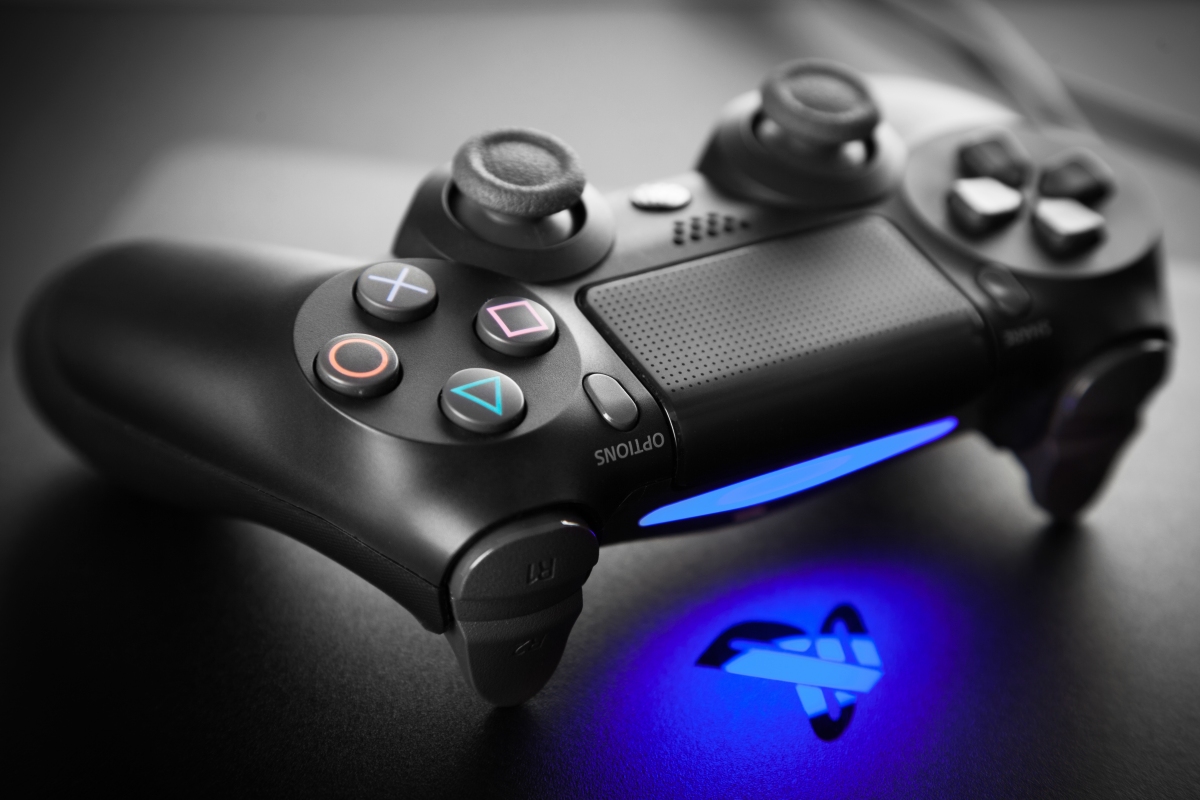In context: When the PlayStation debuted, it didn't use numbers or letters to designate its primary buttons but rather, symbols - square, X, O and a triangle. At that point, it likely came down to cultural differences that dictated which buttons made sense for the confirm and cancel options.
Remote Play on iOS is the flagship feature of Sony's latest firmware update for the PlayStation 4. Buried within the release notes, however, is a minor change that could be a godsend for non-Japanese owners of Japanese PS4 consoles.
As The Verge correctly highlights, most PS4 owners outside of Japan have probably never considered which button is mapped as the default "confirm" button on the controller because it's always "X" and "O" has always been the default button to cancel or exit out of a menu.
Oddly enough, in Japan, the opposite is true - the "O" button is used to confirm a selection and "X" is designated as the cancellation button. This is true both for both hardware and software.
Why the difference between Japan and the Western world? Well, no one really knows for sure.

One theory floated by The Verge has to do with earlier influences. The original NES controller featured the "A" button on the right and the "B" button on the left yet when Sega's Master System came along, it put the "1" button on the left and the "2" button on the right. Similarly, the Genesis placed the "A" button on the far left followed by the "B" and "C" buttons in alphabetical order as you'd expect.
"In Japan, the O button made the most sense as a confirm button. The "X" cross shape is known as "batsu" in Japanese, and it carries similar connotations as it does in the West --- no one wants a bunch of Xs on their exam results --- but the "maru" circle shape has a similar meaning to the check mark in Western culture. For example, game shows will display a circle whenever a contestant gets an answer right."
Those connotations don't exist in the West so when it came time to select confirm and cancel buttons, the choice wasn't as easy. One theory is that developers went with "X" for confirm because it looks like a target. After all, "X" marks the spot on a treasure map, right?
Whatever the reason, it stuck in the West and was solidified when Microsoft released its Xbox controller with "A" in the same position as "X" on the PlayStation.
Fortunately, now those playing on Japanese hardware will have the freedom to map the buttons how they want... at least, with regard to interactions in the system menus.
Lead image courtesy George Dolgikh via Shutterstock. NES controller image courtesy robtek via Shutterstock.
